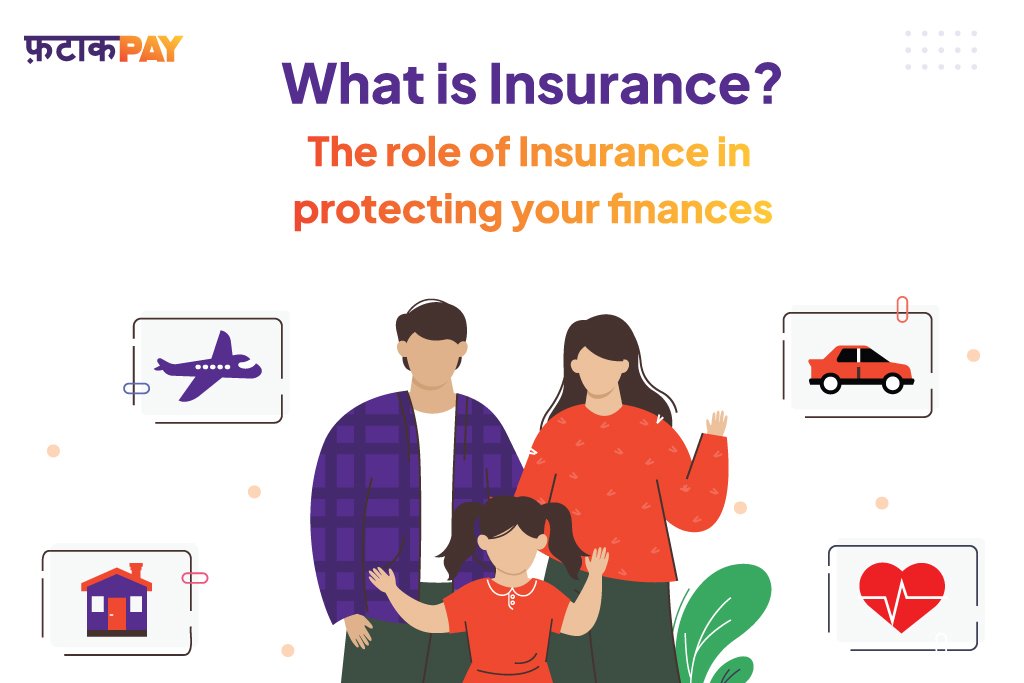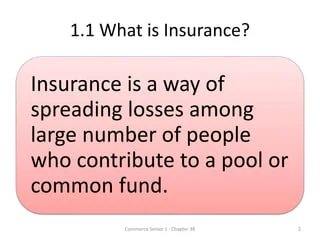The smart Trick of Pacific Prime That Nobody is Discussing
Little Known Facts About Pacific Prime.
Table of ContentsNot known Details About Pacific Prime Getting My Pacific Prime To WorkThe Definitive Guide for Pacific PrimeThe Greatest Guide To Pacific PrimeNot known Facts About Pacific Prime

This is since the data were accumulated for a duration of strong economic performance. Of the estimated 42 million people who were uninsured, just about regarding 420,000 (about 1 percent) were under 65 years old, the age at which most Americans come to be eligible for Medicare; 32 million were adults between ages 18 and 65, about 19 percent of all adults in this age; and 10 million were children under 18 years old, about 13.9 percent of all children (Mills, 2000).
These estimates of the variety of persons uninsured are generated from the annual March Supplement to the Existing Population Survey (CPS), conducted by the Demographics Bureau. Unless or else noted, national price quotes of people without medical insurance and proportions of the populace with various kinds of insurance coverage are based upon the CPS, the most extensively made use of source of estimates of insurance policy coverage and uninsurance rates.
Not known Facts About Pacific Prime

Still, the CPS is especially useful because it generates yearly quotes relatively quickly, reporting the previous year's insurance policy coverage approximates each September, and since it is the basis for a regular collection of estimates for more than 20 years, permitting for evaluation of patterns in coverage over time. For these factors, as well as the substantial use of the CPS in various other studies of insurance policy coverage that are offered in this report, we count on CPS estimates, with constraints kept in mind.

The price quote of the number of without insurance people broadens when a populace's insurance coverage condition is tracked for a number of years. Over a three-year duration beginning early in 1993, 72 million people, 29 percent of the united state populace, were without coverage for a minimum of one month. Within a solitary year (1994 ), 53 million people experienced a minimum of a month without coverage (Bennefield, 1998a)
Six out of every ten uninsured grownups are themselves utilized. Although working does boost the chance that and one's family members will have insurance coverage, it is not a guarantee. Even members of households with 2 permanent wage income earners have virtually a one-in-ten chance of being without insurance (9.1 percent without insurance price) (Hoffman and Pohl, 2000).
The Single Strategy To Use For Pacific Prime
New immigrants make up a significant proportion of people without medical insurance. One evaluation has actually associated a substantial part of the current growth in the size of the united state uninsured populace to immigrants who arrived in the nation in between 1994 and 1998 (Camarota and Edwards, 2000). Current immigrants (those that came to the United States within the previous 4 years) do have a high price of being uninsured (46 percent), but they and their youngsters represent simply 6 percent of those without insurance policy country wide (Holahan et al., 2001).
The partnership between wellness insurance coverage and access to care is well developed, as recorded later on in this phase. Although the relationship between health and wellness insurance coverage and wellness results is neither straight nor easy, a substantial medical and wellness services research study literary works links health insurance protection to improved accessibility to care, far better high quality, and boosted personal and population wellness condition.
Degrees of evaluation for analyzing the impacts of uninsurance. This discussion of medical insurance protection focuses mainly on the U.S. population under age 65 because virtually all Americans 65 and older have Medicare or other public coverage. It focuses specifically on those without any type of health insurance coverage for any length of time.
Pacific Prime Fundamentals Explained
The problems faced by the underinsured remain in some respects comparable to those encountered by the without insurance, although they are normally much less extreme. global health insurance. Uninsurance and underinsurance, nevertheless, involve clearly different plan issues, and the strategies for addressing them may vary. Throughout this study and the five records to adhere to, the primary focus is on persons without any medical insurance and therefore no support in spending for health treatment beyond what is readily available through charity and safeguard establishments
Health and wellness insurance coverage is an effective variable impacting invoice of care due to the fact that both individuals and physicians react to the out-of-pocket cost of services - https://packersmovers.activeboard.com/t67151553/how-to-connect-canon-mg3620-printer-to-computer/?ts=1712004612&direction=prev&page=last#lastPostAnchor. Health insurance coverage, however, is neither essential neither enough to get to medical solutions. The independent and direct impact of health and wellness insurance policy coverage on access to health and wellness solutions is well developed.
Others will obtain the healthcare they require even without health and wellness insurance coverage, by spending for it expense or seeking it from providers who supply care totally free or at very subsidized rates. For still others, health insurance coverage alone does not ensure receipt of care since of various other nonfinancial barriers, such as a lack of healthcare companies in their neighborhood, restricted access to transportation, illiteracy, or etymological and cultural distinctions.
The Ultimate Guide To Pacific Prime
Formal research regarding uninsured visit homepage populaces in the USA dates to the late 1920s and early 1930s when the Committee on the Expense of Medical Treatment generated a series of records about financing medical professional office check outs and hospital stays. This issue became salient as the varieties of medically indigent climbed up during the Great Anxiety.